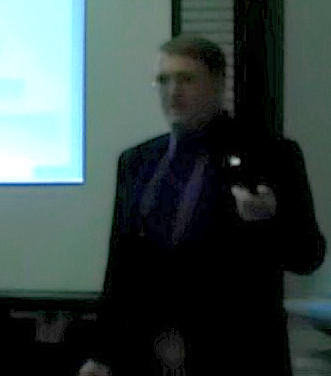 Send to Kindle
Send to KindleEvery leader wants a star on the team. Someone who is a game changer, who can make great things happen with seemingly little effort. Some leaders want nothing but stars on the team. If a member isn’t a star, they just aren’t right for the team.
This attitude is becoming more prevalent, especially in tech related industries. Some companies will spend tremendous amounts of money to secure one star player, at the expense of a larger group of people who aren’t considered star quality.
In “How to Build a Winning Team,” published in Newsweek magazine, Jack and Suzy Welch suggest a team leader will be most successful when he or she lavishes love (their word, not mine) on the star players and stops wasting time counseling the mediocre ones.
In the many organizations I’ve been associated with there are two truths regarding this theory of stars and ‘middling performers” as the Welch’s call them
1. I’ve seen teams that are made up of “stars” and they are, in large part, dysfunctional. The reason is, people who consider themselves stars either want to work without teams, or they want to have teams at their beck and call. They aren’t looking to lead a team as much as simply use it. When there is more than one star on a team, the dynamics can quickly devolve into a contest to see who is the bigger star or who can get the most star treatment. These star players are, or quickly become, narcissistic.
2. Probably more dangerous though is the idea that leaders should not spend much time with the “middling performers.” First, as you may have already deduced, I’m not all that interested in a team of stars. I’ve found greatest success with teams who are dedicated to, and willing to subordinate themselves for a specific, well-defined mission. To that end, I’ve seen great success when leaders take the time to bring out the best in those “middling performers.” I was once in an organization whose senior leader tended to subscribe to this theory of stars. This leader created a truly impressive team of people who were very good at moving our organization forward. The sheer force of this leader’s personality prevented much of the narcissistic problems I mentioned but also prevented potential stars from moving up. When that leader left, I found myself with a group of stars whose careers had stagnated, and a bunch of those “middling performers” with significant unrealized potential. Over the course of about a year, we were able to get many careers restarted and several of those the previous leader had deemed unfit went on to great success.
The leader has two responsibilities. One is to, as Welch says, recognize, encourage, reward, and of course control the star players. The other is to help the non-stars grow. I’ve found that, most often, those “middling performers” are the fertile ground in which truly effective future leaders grow.



